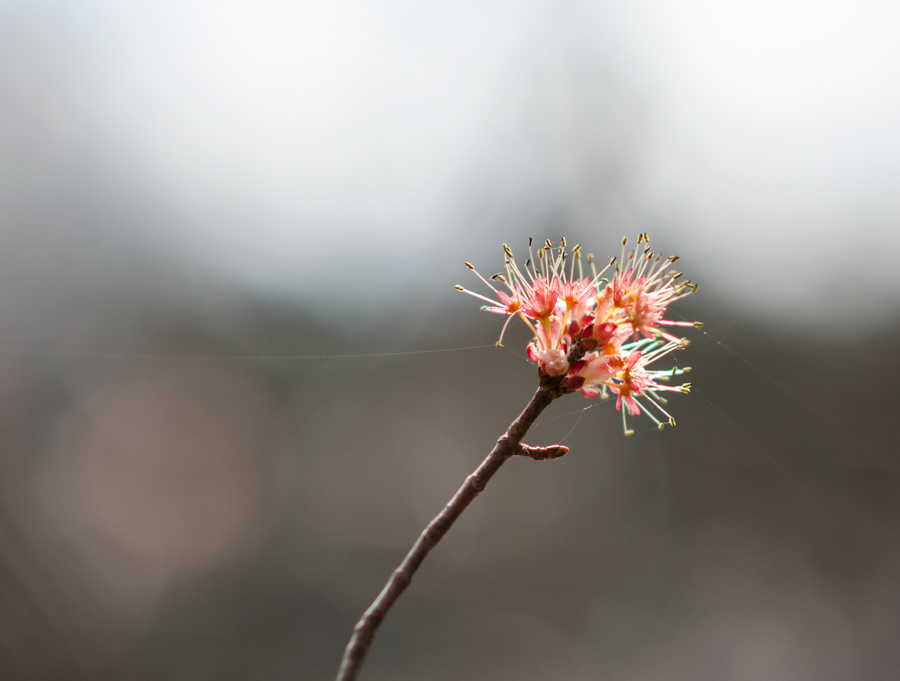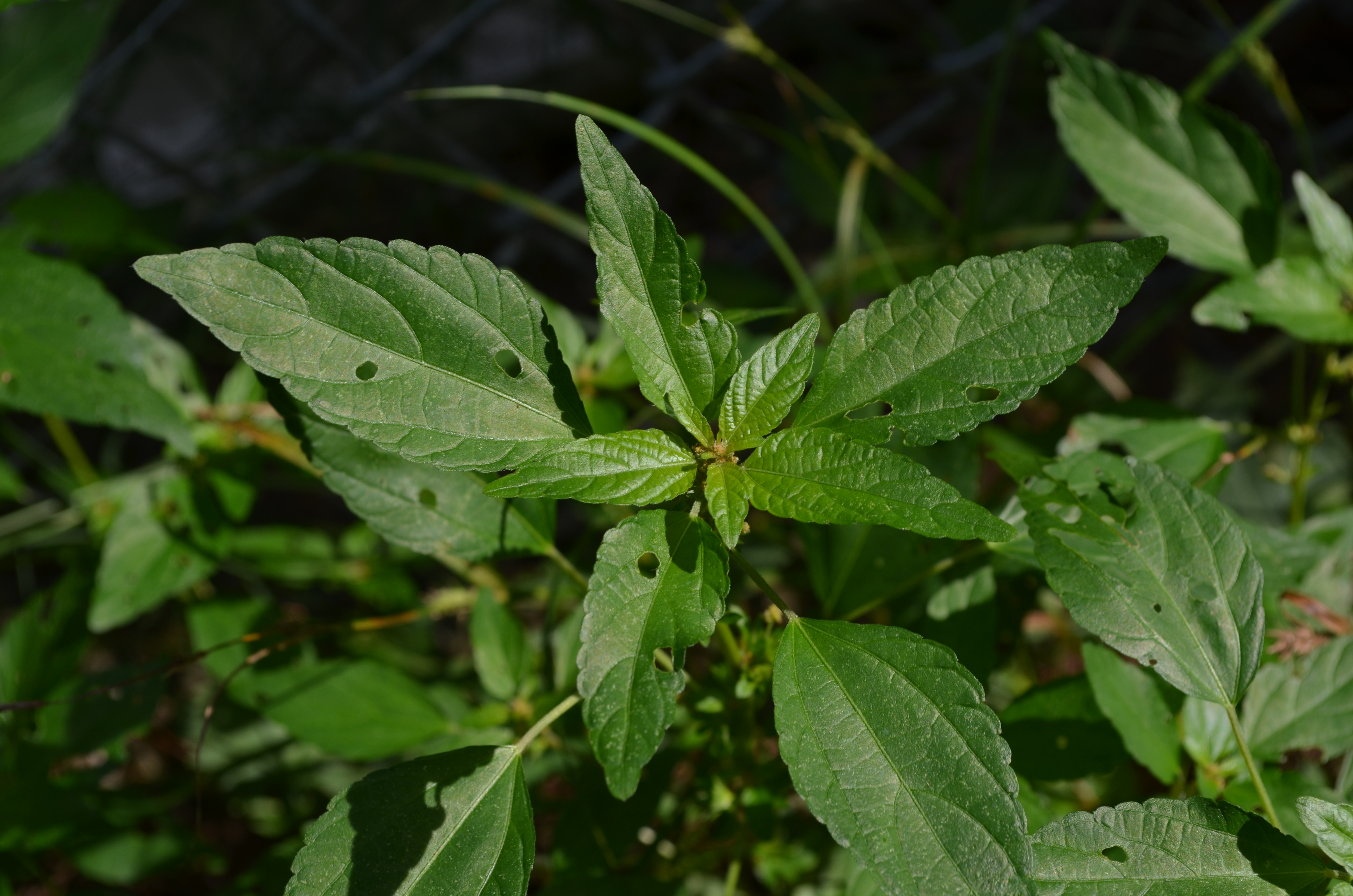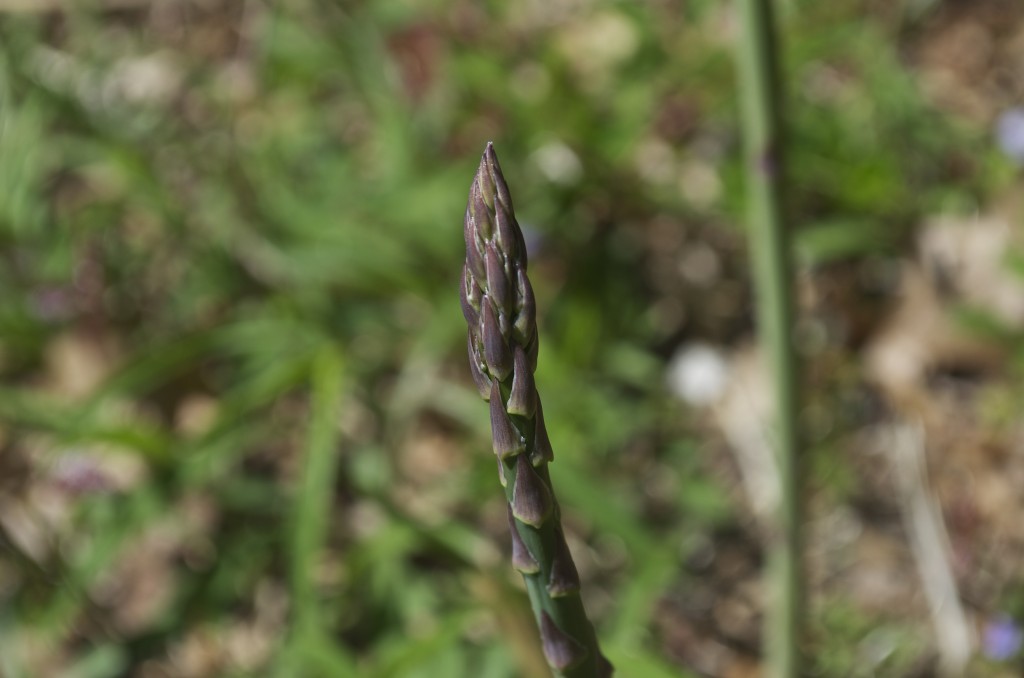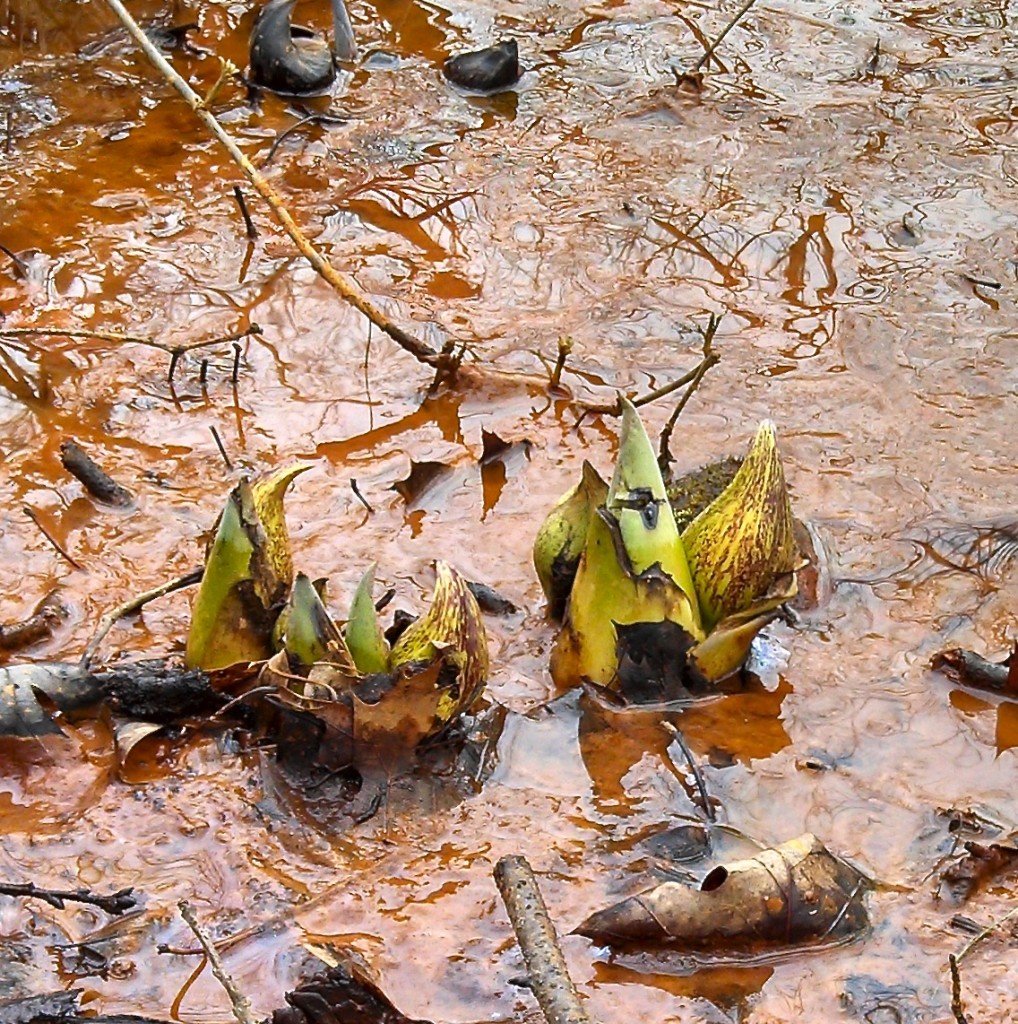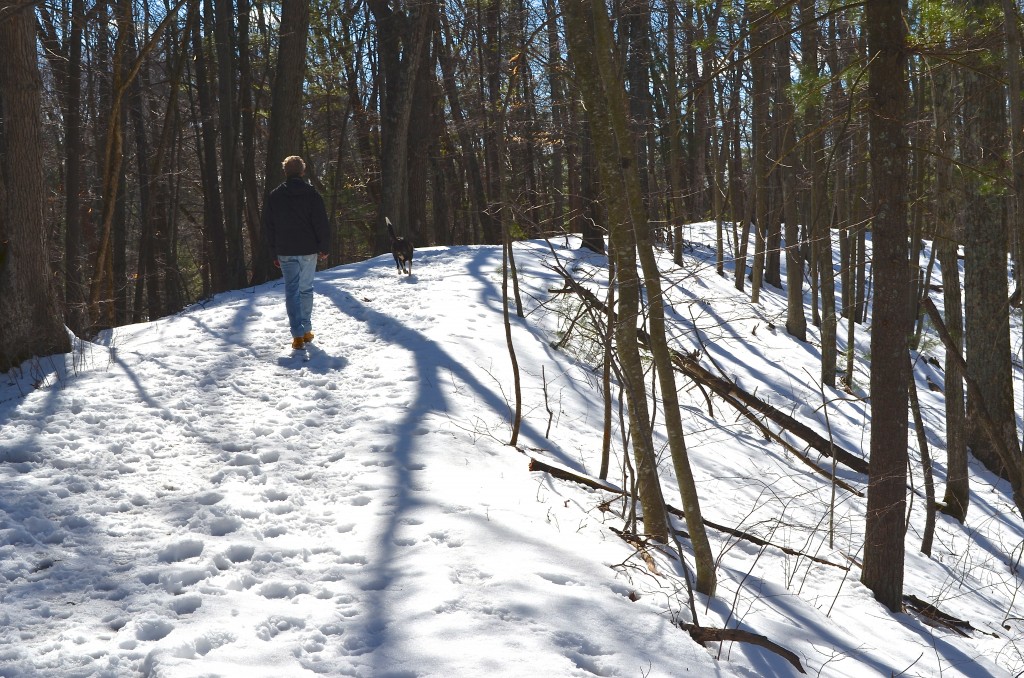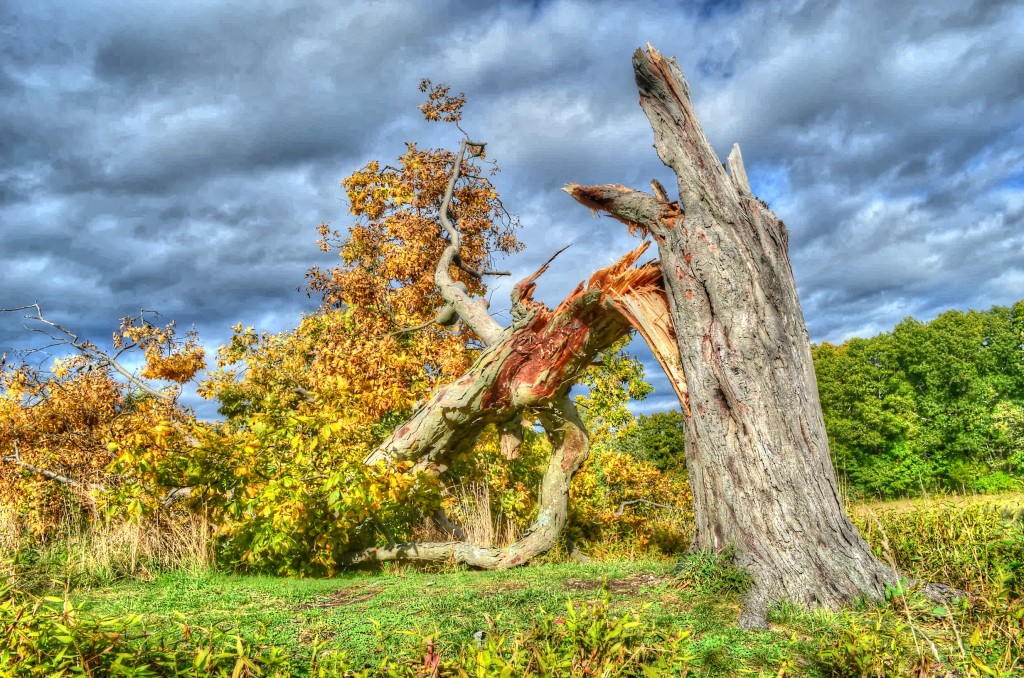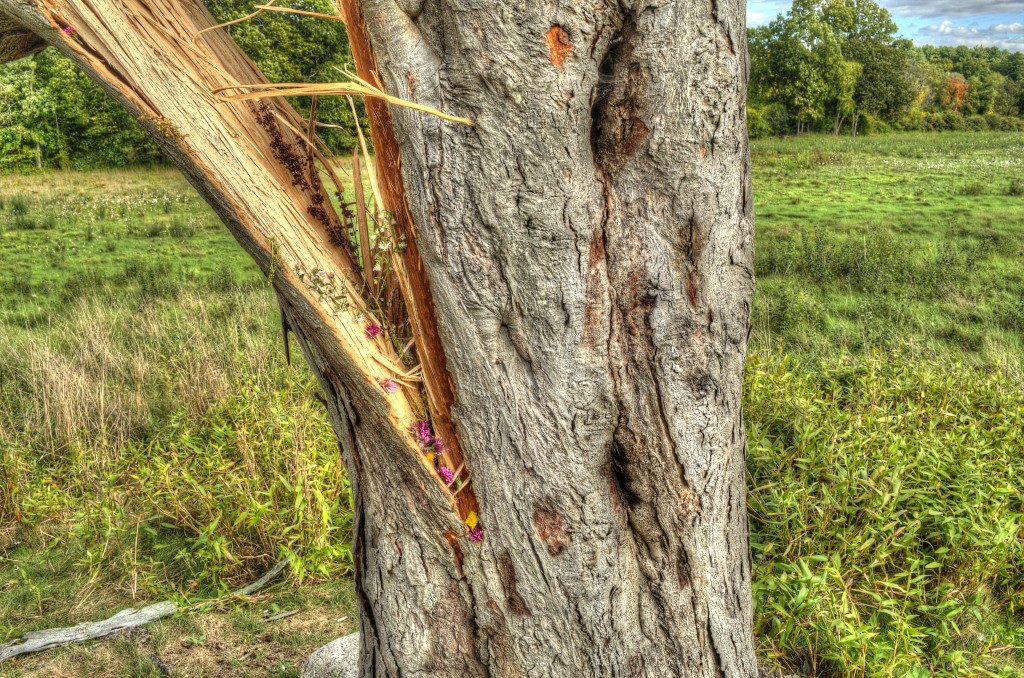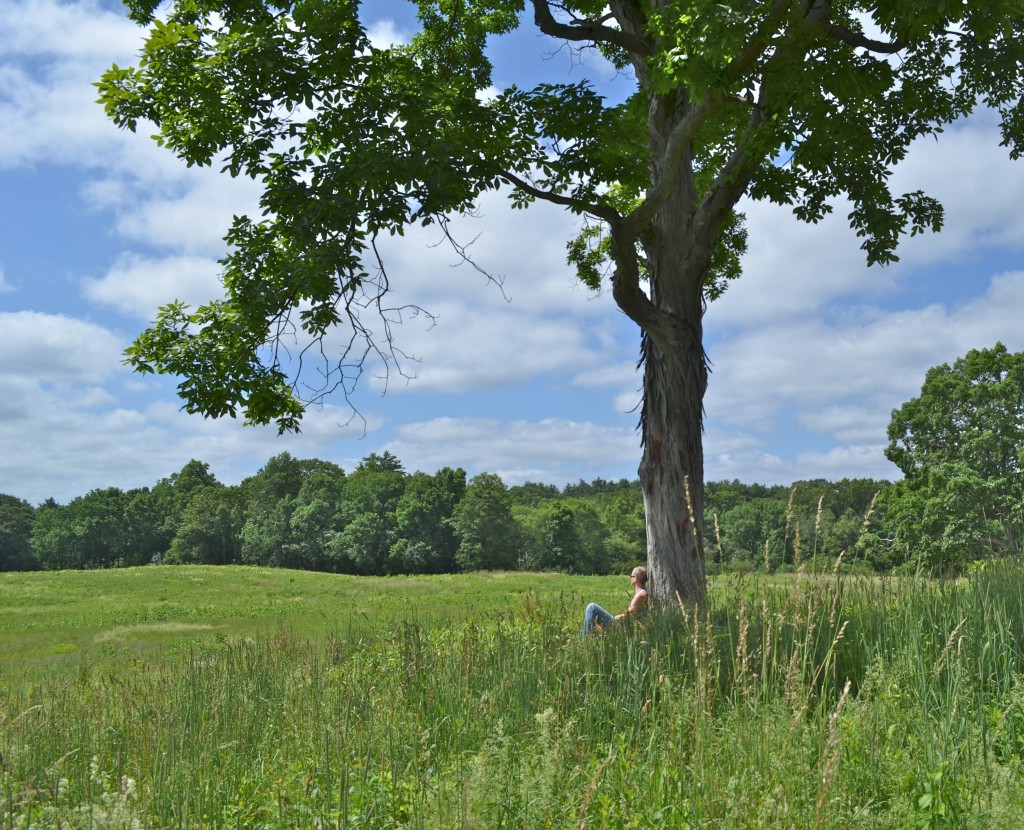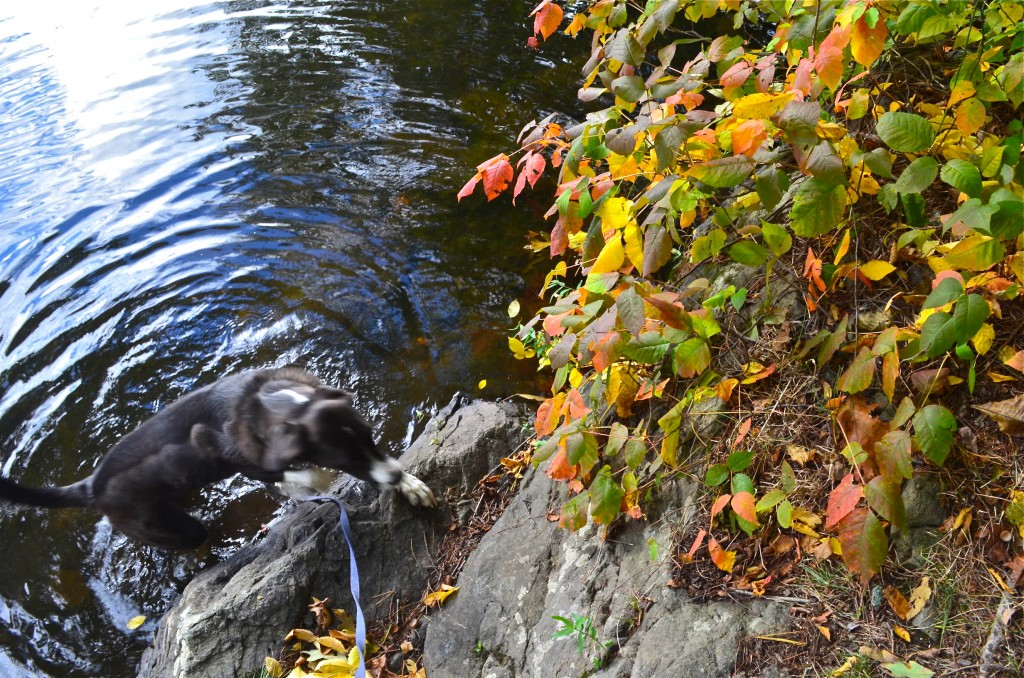This year, we had a double puffball event in our yard. When I noticed them they were smaller than baseballs and then were visibly larger every day. Finally B picked one and ate it, after a brief “Alas, poor Yorick” moment, and then there was one. Last photo with a slice removed, to show its solid interior, with the slice like a piece of soft cheese or a delicate wedge of memoryfoam pillow.
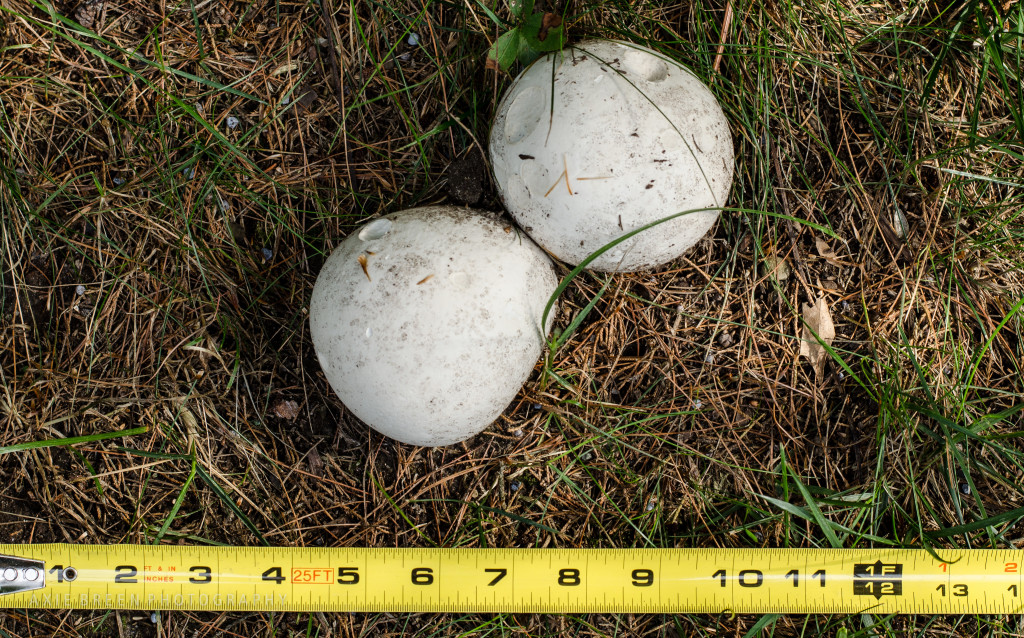
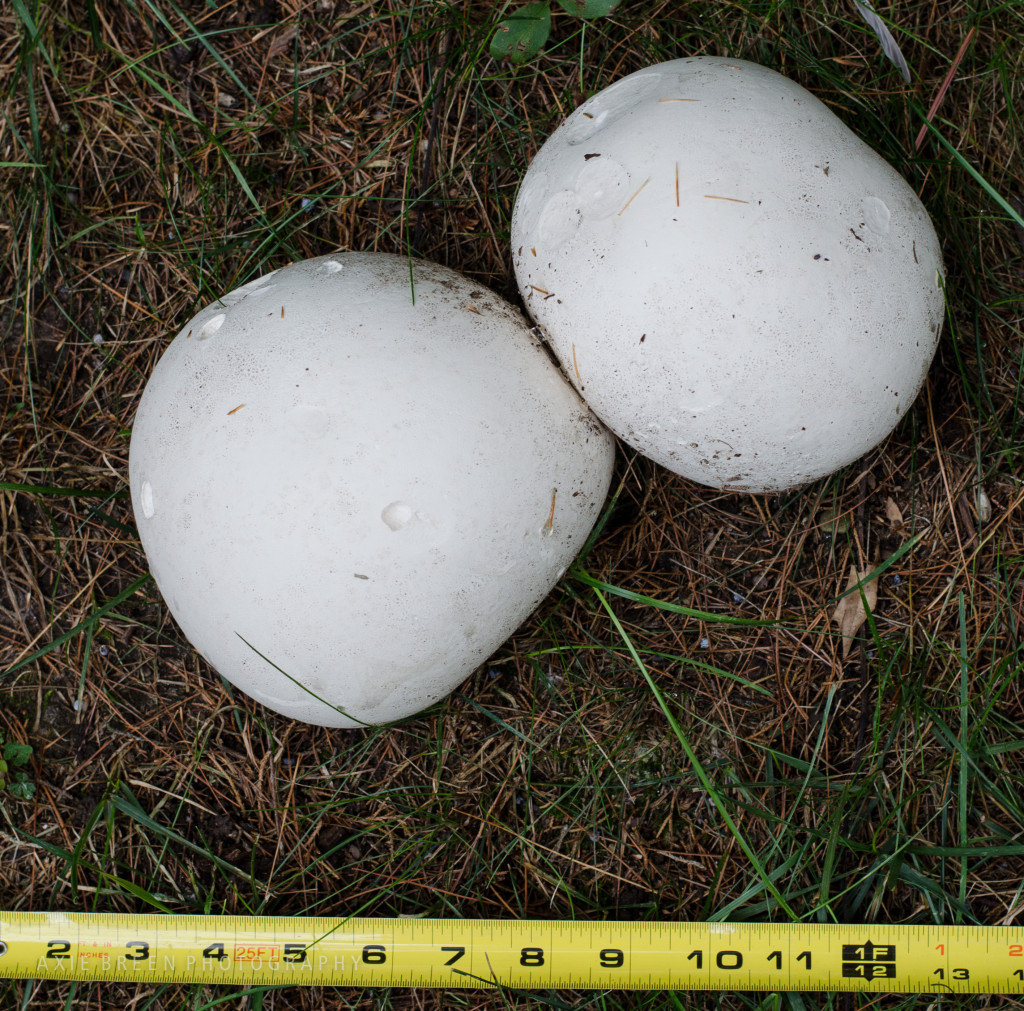
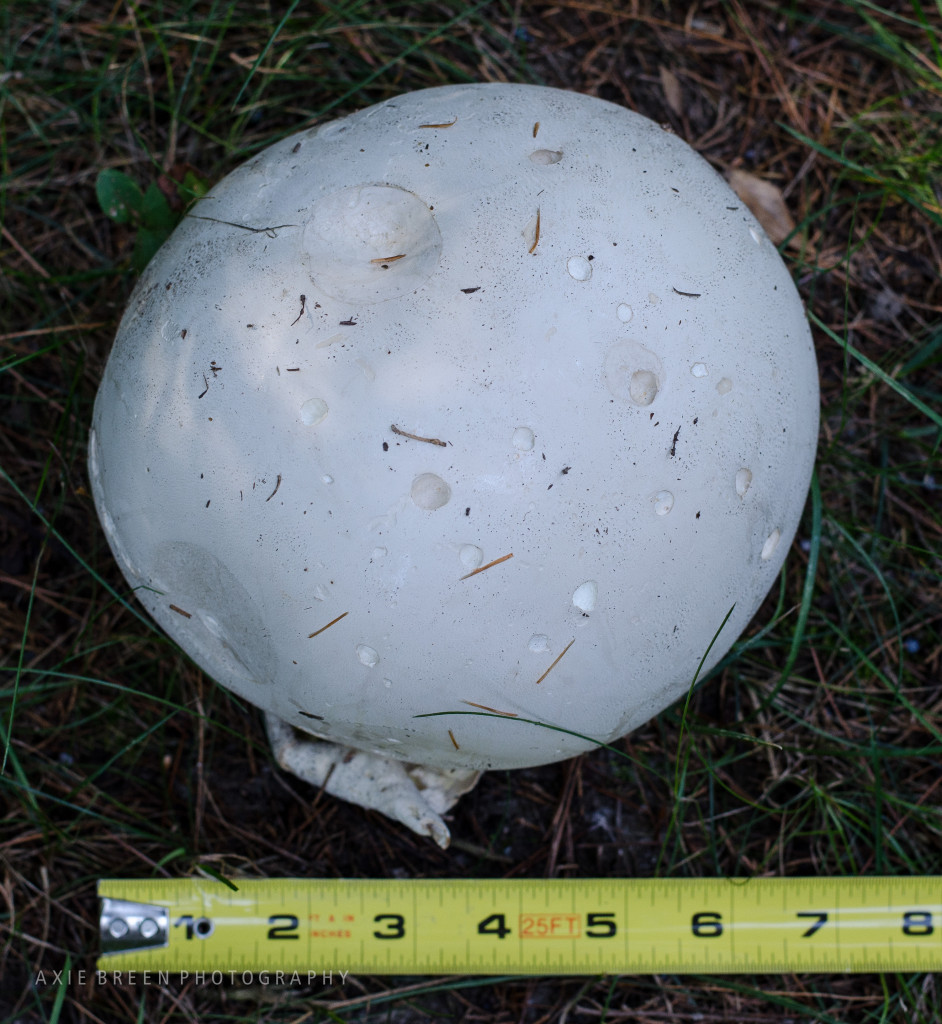
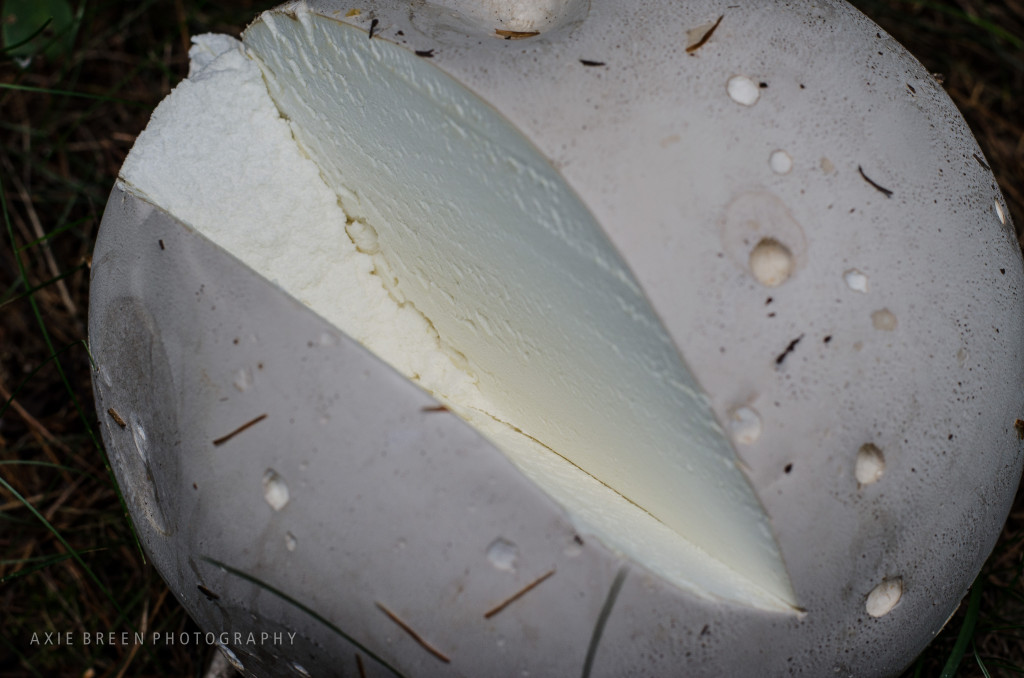 Found in temperate regions worldwide.
Found in temperate regions worldwide.
Giant Puffball (Calvatia gigantea)

